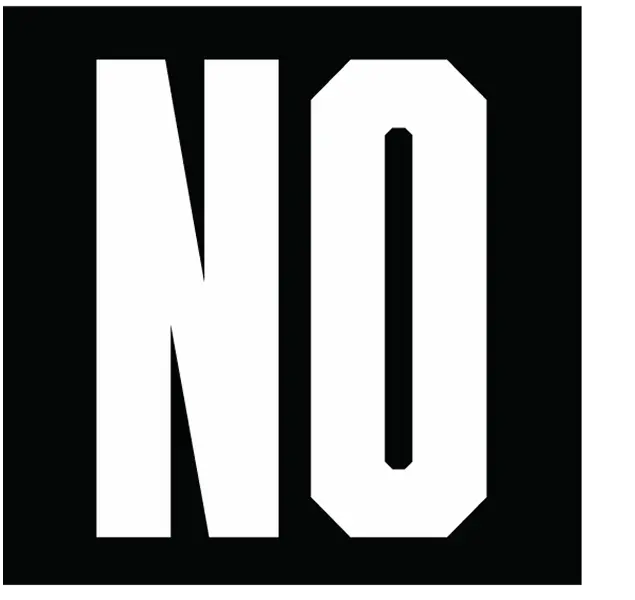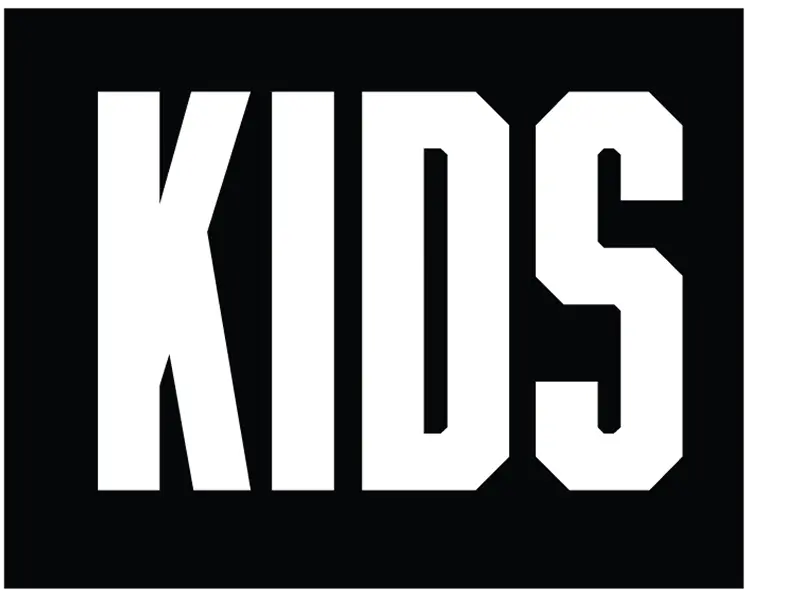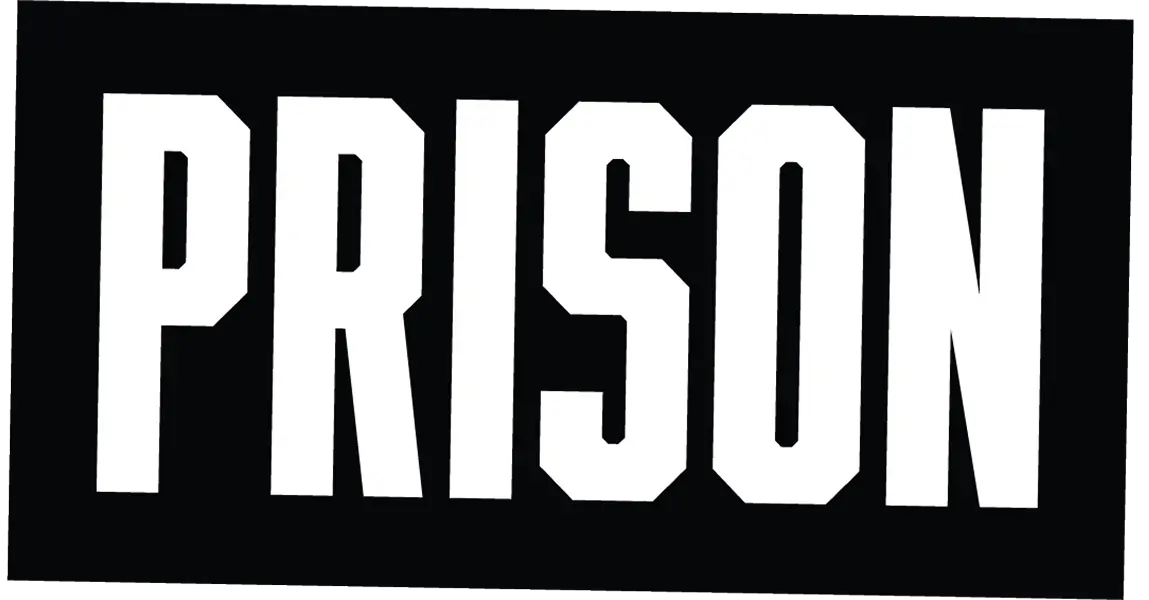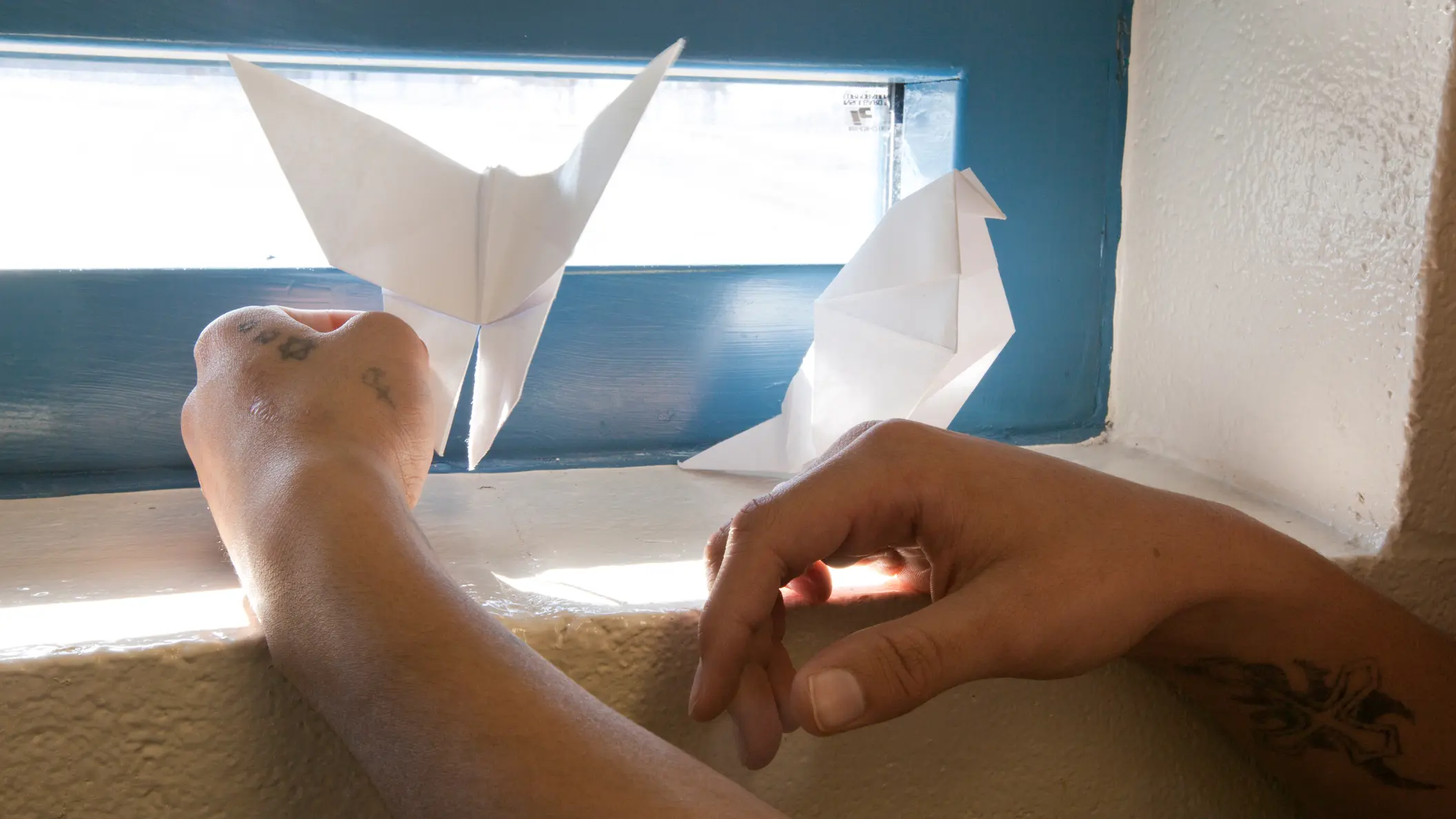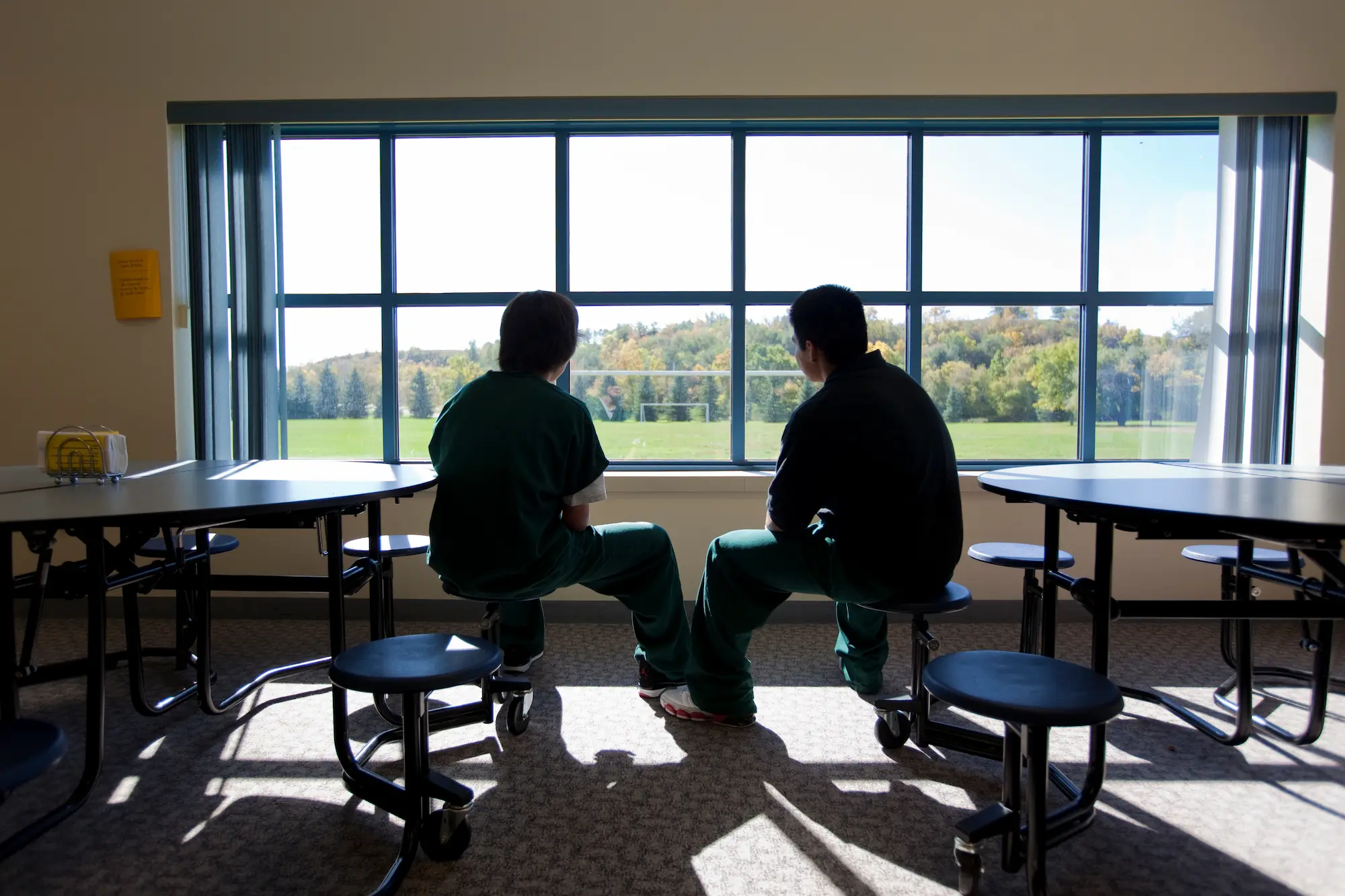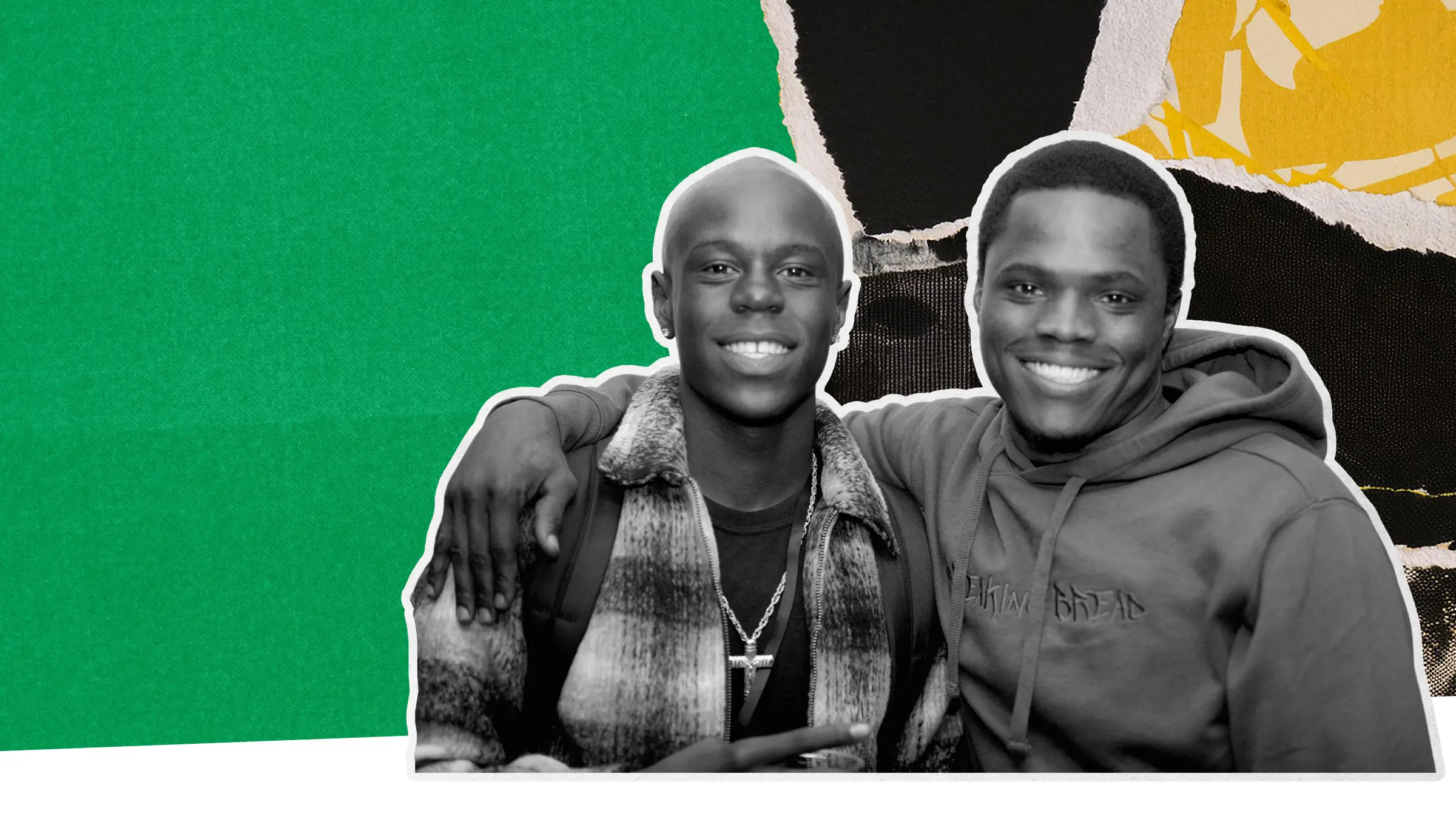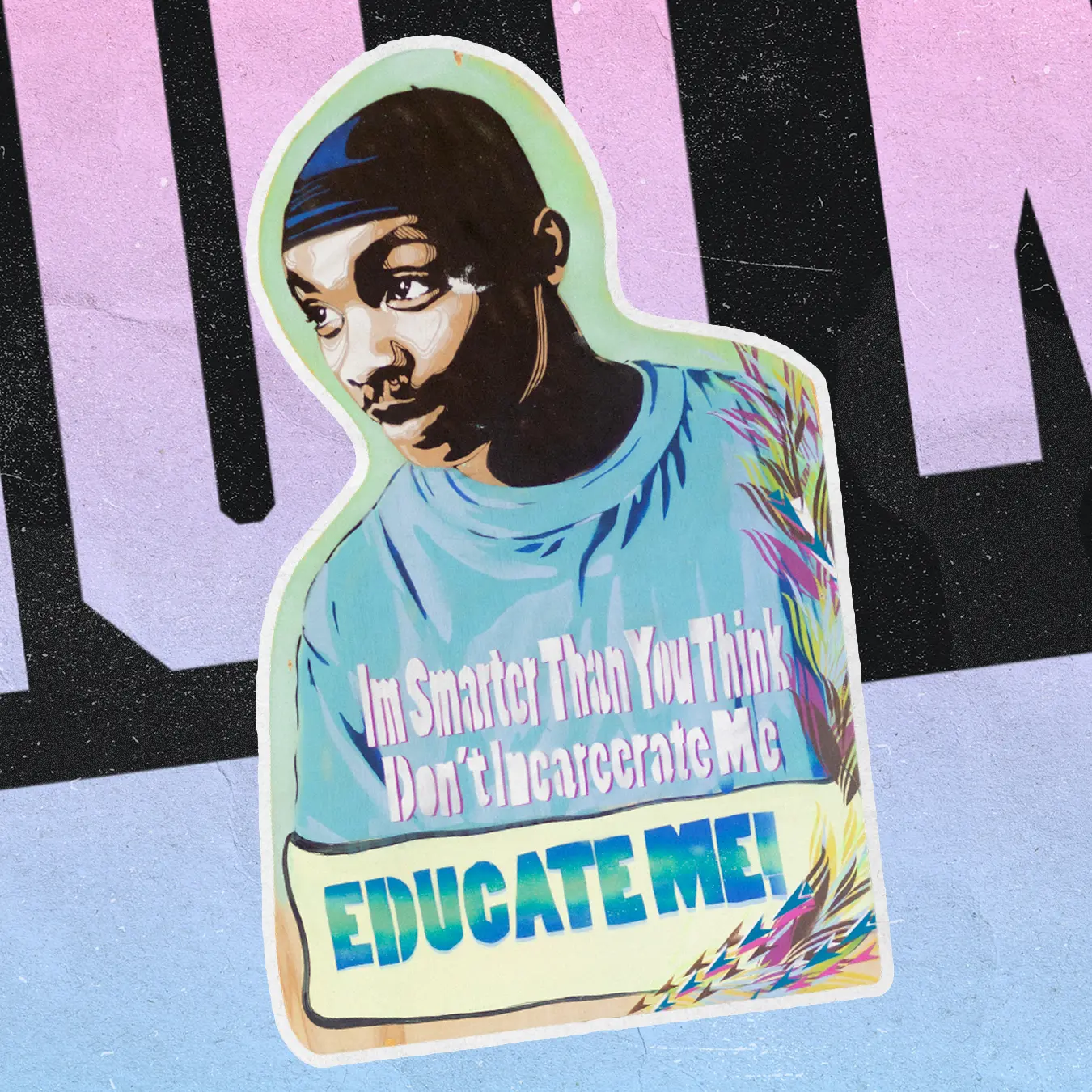Youth prisons are failing. Why keep funding them?
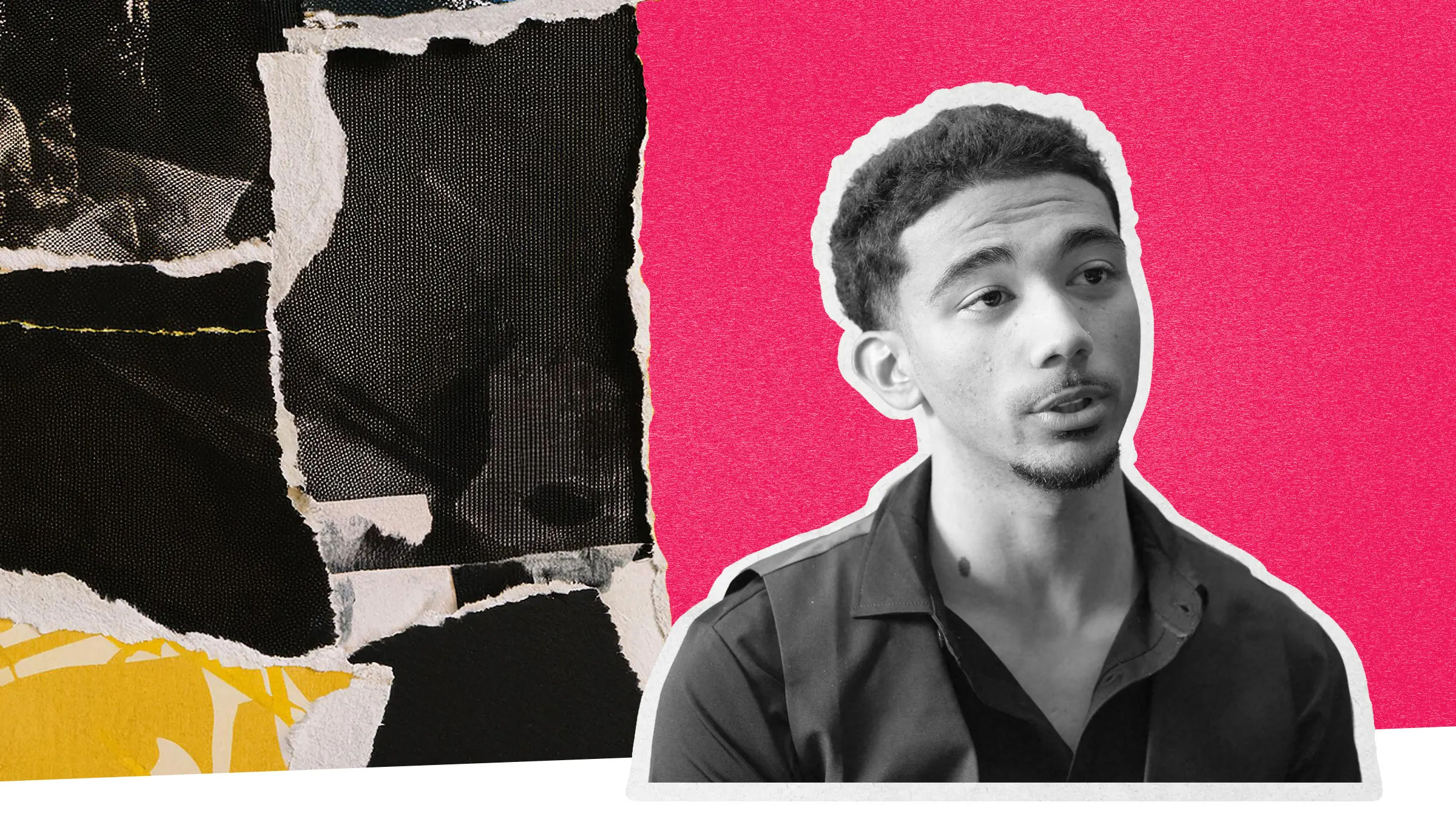
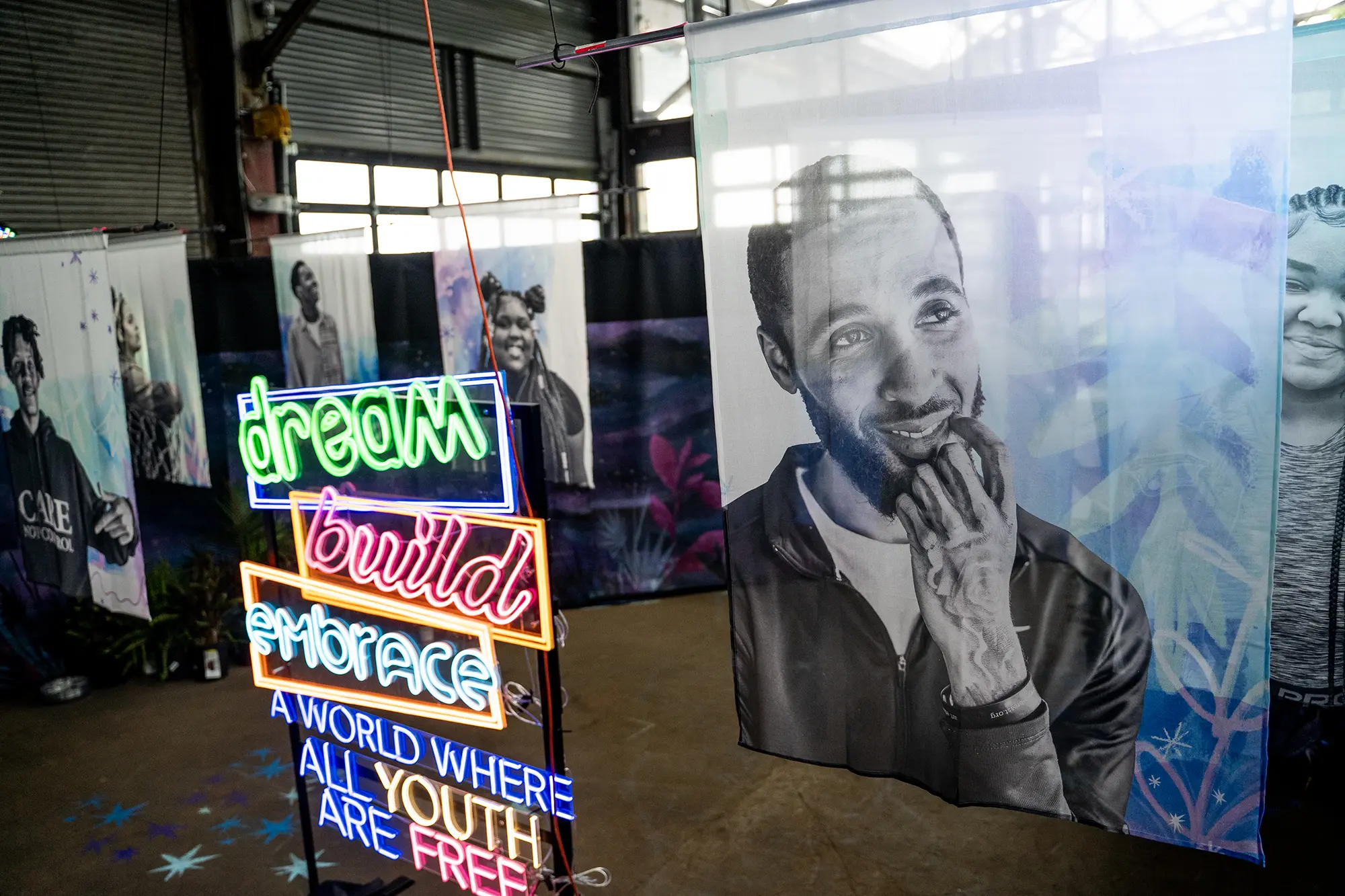
Today in the United States, the kids are not okay.
Youth prisons go by a variety of names: training schools, residential treatment facilities, boot camps, detention centers, juvenile halls, juvenile correctional centers, the list goes on. More than 25,000 young people are locked up inside these facilities every year, where they experience violence instead of justice, neglect instead of care and stagnation instead of growth.
Youth and communities thrive when society prioritizes keeping families and support networks together. Yet, our nation’s entire system of youth incarceration is predicated on the disruption and deconstruction of the family unit—the most integral and fundamental institution of a society.
Our youth prisons are globally recognized as the most inhumane in the world, with widespread physical, sexual and emotional abuse. The research is clear: Youth prisons don’t do what they’re supposed to do, and they don’t make our communities safer. Would you invest millions of dollars in a system with such a poor track record?
Costs communities.
Prisons are an industry. Like many industries, this one is motivated by profit, not people. Unlike many industries, youth incarceration is heavily supported by taxpayer dollars. In youth prisons, kids are isolated from family, loved ones and community to the tune of more than $200,000 per child. That’s 1250% more than we spend on average to educate a child, which is a far more effective, humane solution.
Harms kids.
The data is overwhelming: Youth prisons are notoriously dangerous and racialized. Black youth and youth of color face disproportionately high arrest and incarceration rates, putting them at greater risk of abuse, neglect and isolation, while girls report high rates of sexual abuse. As an alternative, transformative justice does not respond to violence with more violence, but focuses on healing kids and repairing harm.
DOESN’T WORK.
Evidence has shown that youth incarceration may increase the likelihood of recidivism. By contrast, studies that follow directly impacted youth who were placed in community-based programs instead of locked up found that the vast majority of them remained arrest-free.
My son’s not a monster, but some kids come out from the trauma of being in there and do things that they never would’ve thought to do.

Common misconceptions about youth incarceration.
Carceral punishment at an early age will teach young people an important lesson, making them less likely to be repeat offenders.
As youth incarceration and arrests dropped in the 2000s, youth crime also decreased. According to data from the Federal Bureau of Investigation, the juvenile arrest rate declined 60% from 2000 to 2017. In fact, the nature of youth detention facilities has been shown to make young people more likely to act violently—not less. Recidivism (re-arrest after release from jail or prison) is much more likely if a young person is incarcerated than it is if they are held accountable via community programming and given access to mental and emotional support systems.
SOURCE:Can we eliminate the youth prison? (And what should we replace it with?)
‘Why Youth Incarceration Fails,‘ The Sentencing Project
The only way to address kids who commit violent crimes is through incarceration.
Actually, incarceration does not reduce delinquent behavior. Plain and simple. In fact, numerous research studies have found that once youth are incarcerated, longer stays in custody lead to increased recidivism.
SOURCE:Most young people are incarcerated for violent offenses.
Roughly 92% of youth are not incarcerated for violent offenses. Even so, there are kids who do commit violent crimes. They are not rehabilitated by prisons, but often encouraged toward more violence. When we say no kids, we mean all kids.
SOURCE:Putting kids in prison has increased public safety.
Incarceration is expensive and often doesn’t address the underlying causes of youth crime. It can even increase the likelihood of re-offending. State data analyzed by the Annie E. Casey Foundation show that 70 to 80% of youth returning to the community from incarceration are re-arrested within two to three years.
SOURCE:‘Can We Eliminate the Youth Prison? (And what should we replace it with?)‘
Juvenile court is a benevolent system of support that treats all people fairly and does not lead to long-term negative outcomes.
Involvement with the juvenile court system can lead to significant hurdles in a young person’s future, including fines, fees and stigma. A child facing truancy may end up with significant fines and fees that can send a family deeper into the juvenile justice system (costing tax payers!) and deeper into poverty, as opposed to providing the family with the resources needed. The system is also racist, classist and deeply harmful to our most vulnerable youth. According to the Haywood Burns Institute, African-American youth are 5 times more likely to be incarcerated than white youth, Native American youth are 3.2 times more likely to be incarcerated than white youth and Latino youth are 2 times more likely to be incarcerated than white youth, and in some individual states, this disparity is profoundly higher.
SOURCE:Prisons bring irreplaceable jobs and money to the communities where they’re located, particularly in rural areas.
Youth prison facilities do create some jobs in the areas where they’re located, but most public prison jobs go to correctional personnel from outside the community. These facilities also use a lot of space and resources. That is especially true in rural areas where population is low, and youth incarceration is low. Youth correctional facilities in these locations are a drain on taxpayer dollars. In one study, as the Urban Institute reports, researchers at The Pennsylvania State University compared 55 rural counties with prisons built between 1985 and 1995 to a similar control group without prisons. In a report titled “The Economic Impacts of the Prison Development Boom on Persistently Poor Rural Places,” researchers found little evidence that prisons deliver economic growth to communities (Glasmeirer and Farrigan 2007). Some research from the Congressional Research Service suggests that prisons can actually slow growth and increase the cost of housing in some municipalities (Kirchhoff 2010).
SOURCE:‘Transforming Closed Youth Prisons: Repurposing Facilities to Meet Community Needs,’ Urban Institute
